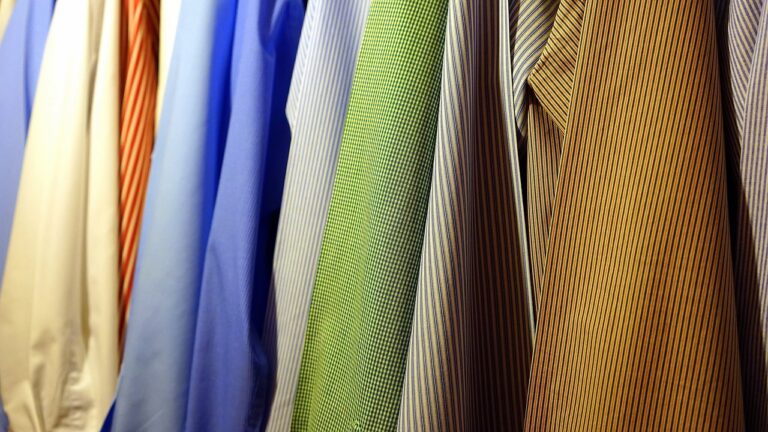Fashion and Sustainability: Upcycling Vintage Clothing for Modern Trends
Upcycling vintage clothing plays a vital role in reducing the environmental impact of the fashion industry. By repurposing existing garments, upcycling helps to minimize the amount of clothing waste that ends up in landfills. This is particularly significant as the textile industry is known for its high level of waste production and resource consumption.
Additionally, upcycling vintage clothing also promotes sustainability by extending the lifespan of clothing items. Instead of discarding old garments, upcycling allows for creative ways to transform and breathe new life into them. This not only reduces the need for new clothing production but also conserves the raw materials and energy that would have been used in creating brand-new pieces.
The History of Upcycling in the Fashion Industry
Upcycling in the fashion industry has a history rooted in the concepts of sustainability and creativity. The practice dates back to the early 90s when designers started to repurpose and transform vintage clothing into new garments. This movement gained momentum as consumers became more conscious of the environmental impact of fast fashion.
Over the years, upcycling has evolved from a niche trend to a mainstream practice embraced by both designers and consumers. Fashion houses began incorporating upcycled materials into their collections, showcasing the unique and innovative ways in which old garments could be given new life. The history of upcycling in the fashion industry highlights a shift towards a more sustainable and circular approach to fashion production.
What is upcycling?
Upcycling is the process of transforming old or discarded materials into new products of higher quality and environmental value.
Why is upcycling vintage clothing important for the environment?
Upcycling vintage clothing helps reduce waste and the demand for new materials, ultimately contributing to the reduction of carbon emissions and environmental impact caused by the fashion industry.
When did upcycling first emerge in the fashion industry?
Upcycling has been practiced in the fashion industry for decades, but it gained significant popularity in the early 2000s as a response to the growing concerns about sustainability and environmental impact.
How does upcycling benefit the fashion industry?
Upcycling allows designers and brands to create unique and eco-friendly pieces, while also promoting creativity, innovation, and a more sustainable approach to fashion production.
Can consumers participate in upcycling?
Yes, consumers can participate in upcycling by purchasing upcycled products, upcycling their own clothing items, or supporting brands and designers that promote upcycling in their collections.





